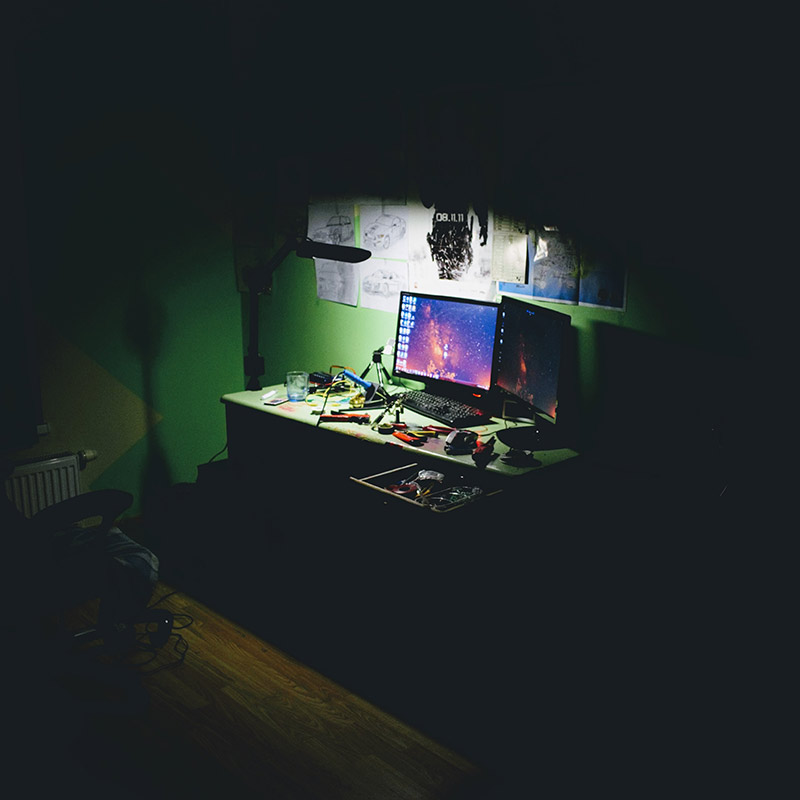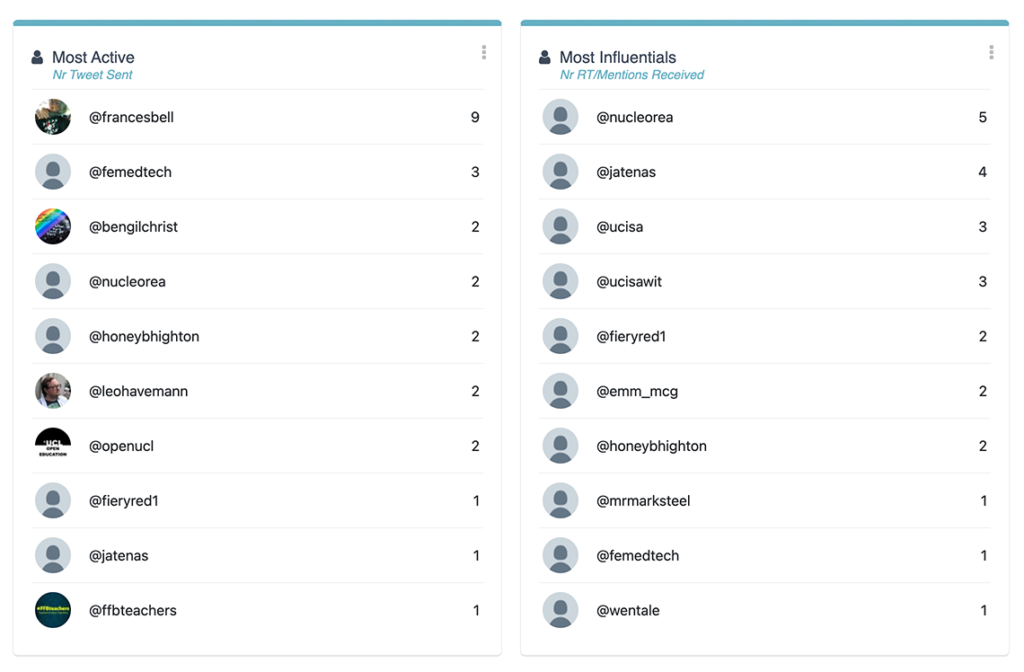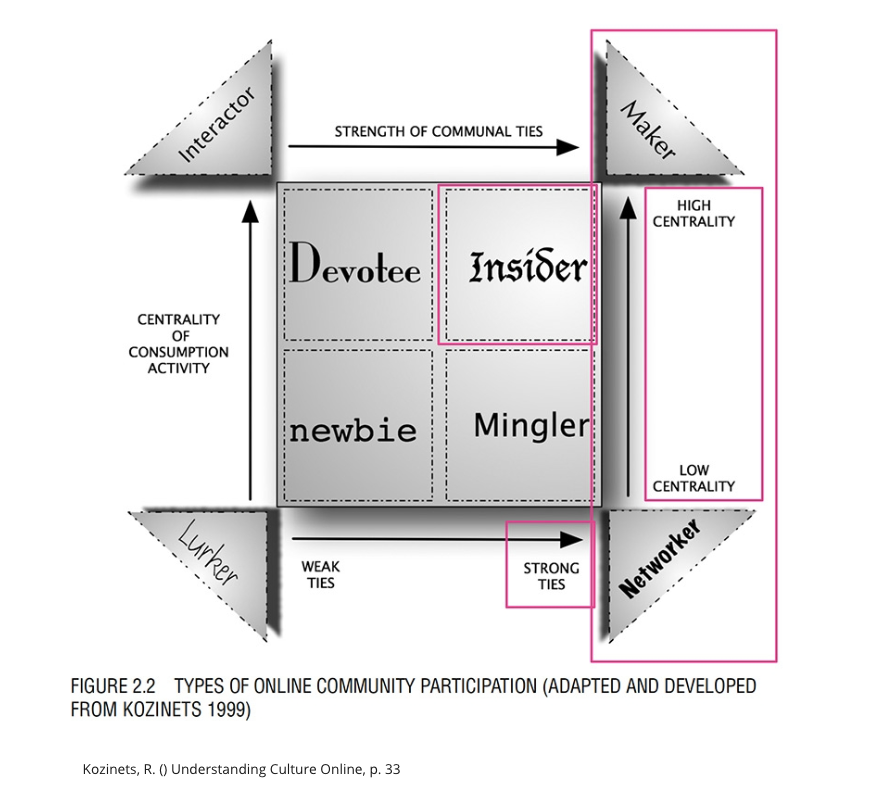Was ist der Unterschied zwischen Blended Learning und Flipped Classroom heute?
Zum Unterschied zwischen Blended Learning und Flipped Classroom
Hast du dich schon mal gefragt, wie man die Unterschiede von Blended Learning und Flipped Classroom heute beschreiben könnte? Der britische Pädagoge und Educational Designer Russell Stannard erklärt in seinem Youtube-Video, wie beide Konzepte sich im Laufe der Zeit entwickelt haben und wie sie sich heute gegenüberstehen.
Wie ist das Konzept Blended Learning entstanden?
Blended Learning ist in seiner Entstehungsgeschichte nichts anderes, als das Ersetzen von Präsenzeinheiten mit technologiegestützten Aktivitäten zu Hause. So lesen die Studierenden zu Hause z. B. einen Artikel oder schauen sich ein Lehrvideo zu einem bestimmten Thema an, anstatt der Lehrperson vor Ort zuzuhören. Somit sagt Blended Learning noch nicht viel aus über das Design von Lernprozessen. Die Lehre in den Präsenzanteilen bleibt weitgehend traditionell und bedient eher tiefere Taxonimiestufen, wie es z.B. Lernaktivitäten wie “erkennen”, “erinnern”, “zusammenfassen” etc. sind.
Wie unterscheidet sich der Flipped Classrom vom Blended Learning?
Flipped Classroom verlangt, dass die Lerninhalte, die den tieferen Taxoniomiestufen zugeordnet sind, wie z. B. erinnern und üben, explizit zu Hause erledigt werden, während dem höhere Tätigkeiten wie vergleichen, analysieren, bewerten, (Neues) erschaffen, im Präsenzsitzungen (unter Peers) in Begleitung der Lehrenden respektive Expert:innen stattfinden soll. Dies bedeutet, dass einfachere Aktivitäten eher im Selbststudium liegen, während die anspruchsvolleren Aktivitäten in Präsenz erarbeitet werden, wo Begleitung sinnvoll und manchmal sogar notwendig ist.
In seinem Video erklärt Russell Stannard diesen Unterschied.
Für das Design von digitalen Lehreinheiten, womit in der Präsenzlehre der aktive Austausch unter Studierenden gefördert werden will, werden die Lerneinheiten, die auf tieferen Taxonomiestufen stattfinden, vorausgesetzt. Dann wird für den begleiteten Präsenzunterricht die Rolle der Lehrperson klar und bewusst mitgestaltet und nicht der individuellen Improvisation überlassen.
Die veränderte Rolle der Lehrperson verlangt nach einer neuen Gestaltung von Lernen und bestimmt damit das Learning Design von Modulen und Kursen in Lehre und Weiterbildung massgeblich mit.













